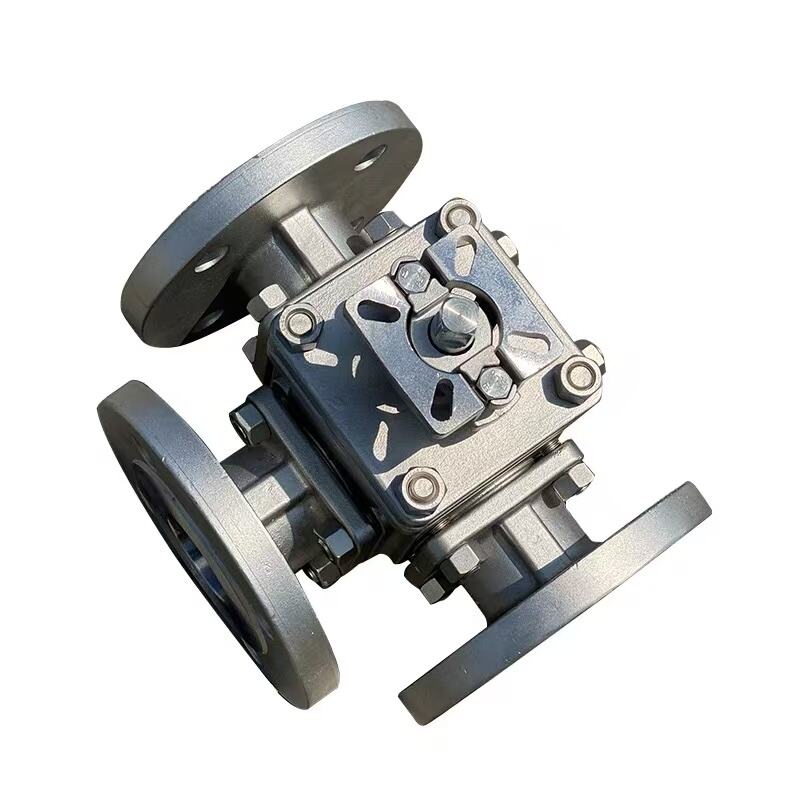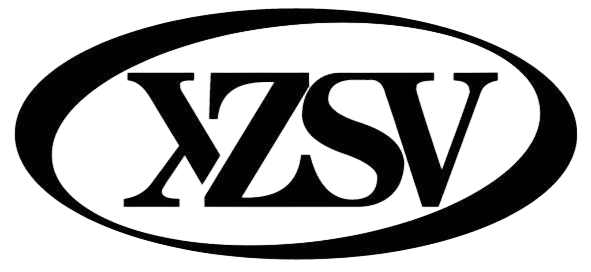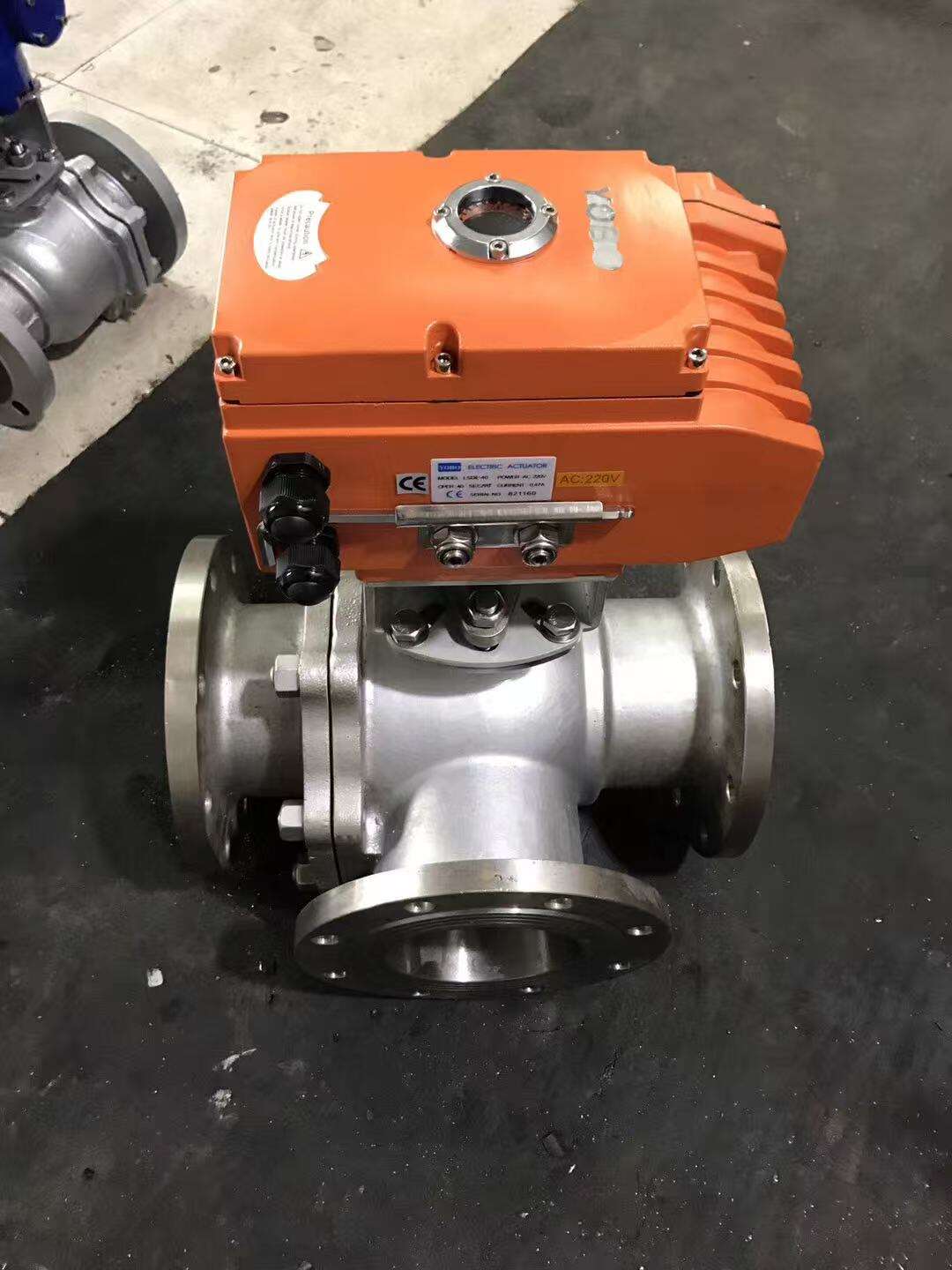Way Ball Valve Selection Guide: L-Port vs T-Port Flow Patterns Explained
The Way Ball Valve is a versatile component in modern piping systems, widely used in water treatment, chemical processing, HVAC, food and beverage production, oil and gas distribution, and countless other industries where flow direction must be controlled with reliability and efficiency. Among the various designs available, the L-port and T-port configurations stand out as the two most important multi-way flow options. Understanding their flow characteristics, advantages, limitations, and ideal applications is essential for engineers, plant operators, and designers who want to optimize system performance.
Introduction to the Way Ball Valve
A ball valve is a quarter-turn valve in which a spherical ball with a bore controls the direction and flow of liquids or gases. In a conventional two-way design, the valve simply opens or closes the flow. However, in more complex systems, multiple flow paths may need to be managed with a single valve, leading to the development of the Way Ball Valve.
These valves are commonly referred to as three-way ball valves, although four-way and other variations also exist. The three-way design can be configured as an L-port or a T-port, depending on the drilled passage within the ball. The L-port allows flow redirection between two different outlets, while the T-port can mix or distribute flow among three passages. This makes the Way Ball Valve a highly flexible solution for processes that require flow diversion, mixing, or multi-line distribution.
L-Port Flow Pattern Explained
The L-port ball valve is characterized by an L-shaped bore through the ball. In its basic form, this configuration connects the inlet to one of two outlets. Rotating the ball 90 degrees changes the flow path so that the inlet is connected to the alternate outlet.
The key feature of the L-port is its ability to act as a diverter valve. For example, a pump delivering fluid can be directed toward either Tank A or Tank B depending on operational needs, without requiring two separate valves. The unused port remains shut off, ensuring that flow is only directed to the desired path.
Another common application of L-port valves is in systems requiring bypass arrangements. Flow can be routed either through the main line or through a bypass loop for maintenance, testing, or flow adjustment. By using a single valve instead of multiple two-way valves, the system design becomes more compact and efficient.
However, the L-port has limitations. It cannot connect all three ports simultaneously, so it is not suitable for mixing flows or distributing one inlet into multiple outlets at the same time. Engineers must carefully evaluate system requirements to determine whether an L-port will provide adequate flexibility.

T-Port Flow Pattern Explained
The T-port ball valve contains a T-shaped bore through the ball, offering more complex flow possibilities. Depending on its orientation, the T-port can connect all three ports at once, or isolate one port while connecting the other two.
One of the most valuable functions of a T-port valve is its ability to mix flows from two inlets and discharge them through a common outlet. This is especially useful in blending processes, chemical dosing systems, or temperature control loops where fluids of different properties must be combined.
Alternatively, a T-port valve can be used to distribute flow from one inlet to two outlets simultaneously. For example, a pump can feed two separate process lines with equal or controlled distribution, reducing the need for additional valves and piping.
The versatility of the T-port design makes it attractive, but it also introduces complexity. Because it allows multiple simultaneous flow paths, engineers must be careful when specifying operating positions to avoid unintended mixing or leakage between ports. Additionally, T-port valves generally require more precise actuation and may be more expensive than L-port versions.
Materials and Construction
The Way Ball Valve is available in a range of materials depending on the application. Stainless steel is widely used in chemical, pharmaceutical, and food industries for its corrosion resistance and cleanability. Carbon steel is suitable for oil, gas, and industrial utility services where corrosion resistance is less critical. Brass is common in HVAC, plumbing, and general-purpose systems.
Seats and seals are often made from PTFE or reinforced polymers, providing excellent sealing and chemical compatibility. For high-temperature or abrasive services, specialized materials such as PEEK or metallic seats may be specified. The body construction can be one-piece, two-piece, or three-piece, with three-piece designs offering the easiest maintenance and repair options.
Actuation Options
Way Ball Valves can be manually operated with a lever or gear operator, but they are also well-suited for automation. Pneumatic, electric, and hydraulic actuators can be attached to allow remote operation, integration into process control systems, and sequencing with other equipment.
Actuator choice depends on system requirements. Pneumatic actuators provide fast action and are common in large industrial plants with available compressed air. Electric actuators are valued for precise positioning and easy integration with digital control systems. Hydraulic actuators are used in heavy-duty environments requiring high torque.
When automated, position indicators and limit switches are often added to provide feedback to operators or control systems. For T-port valves especially, precise actuation ensures that the correct flow path is engaged and prevents unintentional cross-port leakage.
Industry Applications
The L-port Way Ball Valve is commonly used in applications where flow must be switched between two destinations. Examples include directing water between different cooling circuits in HVAC systems, switching chemical feeds between tanks, or alternating supply lines in utility systems.
The T-port Way Ball Valve is used where blending, mixing, or distribution is required. In water treatment, it can mix raw and treated water streams. In food processing, it can combine ingredients in a hygienic environment. In chemical industries, it can blend solvents, acids, or additives with precision.
In oil and gas systems, both L-port and T-port valves are used extensively for diverting, bypassing, or distributing fluids under demanding service conditions. Their ability to reduce the number of valves and simplify piping layouts translates to cost savings and improved system efficiency.
FAQ
What is the key difference between an L-port and a T-port Way Ball Valve?
An L-port connects one inlet to one of two outlets, functioning primarily as a diverter. A T-port can connect all three ports, allowing mixing or simultaneous distribution, making it more versatile for complex flow requirements.
When should an L-port valve be selected?
An L-port should be chosen when flow must be switched between two alternative lines without mixing. It is ideal for applications such as directing fluid to different tanks, alternating circuits, or bypass arrangements.
When is a T-port valve the better option?
A T-port is preferable when flow mixing or distribution is required. It is suited for blending processes, feeding multiple lines from one source, or handling applications where multiple simultaneous flow paths are necessary.
Can a Way Ball Valve replace multiple two-way valves?
Yes, both L-port and T-port configurations reduce the need for multiple two-way valves. This simplifies system design, reduces installation space, and lowers potential leakage points.
What materials are commonly used for Way Ball Valves?
Stainless steel, carbon steel, and brass are the most common materials, with PTFE or advanced polymer seats. For aggressive or high-temperature environments, materials such as duplex stainless or PEEK may be used.
Are Way Ball Valves suitable for automation?
Yes, they are easily automated using pneumatic, electric, or hydraulic actuators. Automation enhances reliability, allows remote operation, and integrates valves into process control systems for precise flow management.
What industries benefit most from L-port valves?
Industries that frequently redirect flow between different lines, such as HVAC, water treatment, and chemical storage, benefit most from L-port valves due to their simple yet reliable diverter functionality.
What industries typically require T-port valves?
T-port valves are widely used in chemical processing, food and beverage, water treatment, and pharmaceutical applications where mixing, blending, or distribution is critical to the process.
How should actuation be selected for L-port and T-port valves?
For simple on-off diversion, manual levers or basic actuators may suffice. For T-port valves where precise control is critical, electric or pneumatic actuators with position feedback are recommended.
What are the maintenance considerations for Way Ball Valves?
Routine inspection of seats, seals, and actuation systems is necessary. Three-piece valve designs allow easy removal and servicing without disturbing connected piping, which reduces downtime and extends valve service life.
Table of Contents
- Way Ball Valve Selection Guide: L-Port vs T-Port Flow Patterns Explained
- Introduction to the Way Ball Valve
- L-Port Flow Pattern Explained
- T-Port Flow Pattern Explained
- Materials and Construction
- Actuation Options
- Industry Applications
-
FAQ
- What is the key difference between an L-port and a T-port Way Ball Valve?
- When should an L-port valve be selected?
- When is a T-port valve the better option?
- Can a Way Ball Valve replace multiple two-way valves?
- What materials are commonly used for Way Ball Valves?
- Are Way Ball Valves suitable for automation?
- What industries benefit most from L-port valves?
- What industries typically require T-port valves?
- How should actuation be selected for L-port and T-port valves?
- What are the maintenance considerations for Way Ball Valves?


